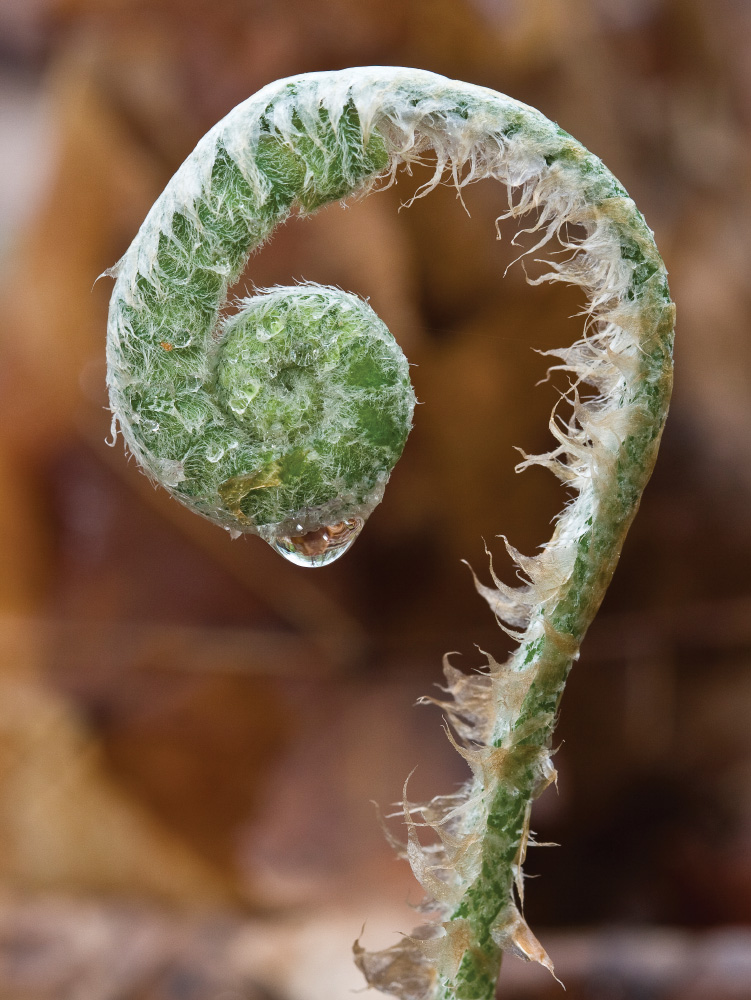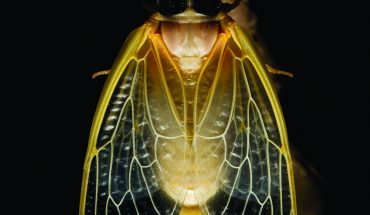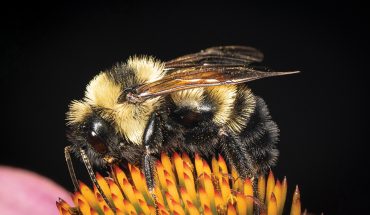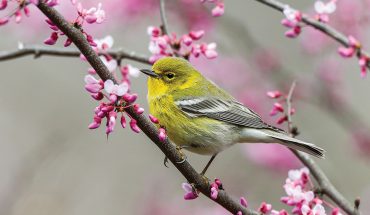From unfurling leaves to early butterflies, it’s a good time to head outside to note the changes happening in your neighborhood.
Words and photographs by Mike Dunn
April is the time when the Piedmont turns green. Sure, you get those warm days in February, and March shows promise for the winter-weary, but it’s April that seals the deal. This month, Nature turns the faucet of spring on full blast.
Many naturalists I know enjoy recording their seasonal observations, especially the first-of-year sightings, which we call “FOYs.” But even those that might not call themselves naturalists notice those firsts, like the earliest spring wildflowers to open, the inaugural butterflies in the yard, or the building chorus of birdsong through an open window in the morning. Even if it is just in your subconscious, these firsts indicate that change is happening and, for people like me, that our favorite season really is upon us.
I have been a journal-keeper off and on over the years. On a recent warm day, I got the urge to look back at some of my notes and noticed a tendency to record the FOYs here in the woods at our home. I was struck by the consistency in the timing of certain natural events: the days that Redbud and Flowering Dogwood showed their blooms, the moment of leaf-out (the date when leaves open up or ferns unfurl). But it turns out my notes indicate that I’m a bit biased toward animal FOYs. Most of my FOY observations are about insects and birds.
One of the most notable FOYs for me is not a sighting at all, but a sound: the melodious call of the Wood Thrush. As soon as the calendar says April, I listen every morning for their distinctive flute-like song as they return from their wintering grounds. My records go back to 1998, and the first thrush song in our woods happened anywhere from April 7 to April 19, with most occurring in the second week of April. Looking at these notes, I also noticed a steady relationship between the first Wood Thrush song and that of another forest dweller, the Ovenbird. I consistently heard the emphatic teacher, teacher, TEAcher song of this cryptic, ground-nesting warbler a few days before the musical ee-oh-lay of the Wood Thrush. That’s pretty remarkable, considering these birds are potentially migrating over a thousand miles to get to our woods to nest.

Another winged wonder that many people notice are Ruby-throated Hummingbirds. I usually put out my feeders the last week of March, but all of my recent hummingbird FOYs have been the first or second week of April. Male hummingbirds arrive first in our area from their winter homes in Central America. They set up territories to defend and await the females, which typically arrive a few weeks later.
Butterflies also received a lot of attention in my FOY notes, especially the tiny Falcate Orangetip. This beauty is one that may not be familiar to many people, as it is a woodland species that flies for only a couple of weeks in April, mating and laying eggs, before disappearing for another year. But for me, it has a special place in the spring play. They are specialists and lay eggs only on plants in the mustard family. On our property that includes the wildflower Cutleaf Toothwort and yard “weed,” Hairy Bittercress. Caterpillars are difficult to find, but last year I did manage to raise and release a couple of butterflies after watching adults lay eggs in the yard.
It turns out there is a lot of scientific interest in these types of observations. Phenology is the study of the timing of the life-cycle events in plants and animals like flowering, leaf-out, reproduction, and migration. There is a recent upsurge in the interest of plant and animal phenology since these observations are useful for tracking the biological responses to climate change.
If you enjoy making and recording your nature observations and want to help scientists learn more about our changing environment, you can join a number of citizen science projects documenting seasonal changes. A wonderful long-standing program on the northward migration of spring can be found at Journey North (journeynorth.org). By following people’s observations online, you can actually track the real-time northward movement of springtime indicators like hummingbirds and Monarch butterflies. Nature’s Notebook (usanpn.org) is another great program tracking nature’s annual cycles.
Whether you do it for science or just for fun, I encourage you to take time this month to get outside and observe changes happening in your natural neighborhood. What FOYs will you find?
__
This article originally appeared in the April 2022 issue of WALTER Magazine.




